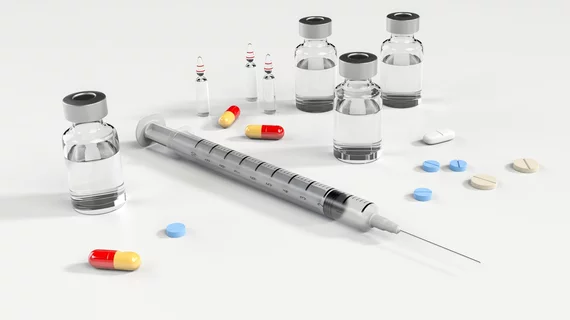Study may show how brains become addicted to drugs
A recent clinical trial led by researchers at the National Institute on Drug Abuse (NIDA) and the National Institute on Alcohol Abuse and Alcoholism (NIAAA) may have unlocked secrets about how the human brain reacts to not only drugs, but the method by which they’re administered.
The study, published in Nature Communications, [1] focuses on the activation of the "salience network," a group of brain regions, after the administration of a drug, both intravenously and orally.
The findings suggest that drugs entering the brain quickly through injection or smoking activate the salience network, potentially contributing to their higher addictive nature compared to drugs taken orally.
The research involved a double-blind, randomized clinical trial with 20 healthy adults receiving either a placebo or the stimulant drug methylphenidate (Ritalin) through oral or intravenous administration. Methylphenidate was chosen for its safety and effectiveness in studying the brain's response to drug reward.
The study employed simultaneous PET/fMRI imaging to examine dopamine levels and brain activity while participants reported their subjective experiences of euphoria. Results showed that the salience network, specifically the dorsal anterior cingulate cortex and the insula, was activated only after intravenous administration of methylphenidate, the more addictive route. This activation was not observed when the drug was taken orally, aligning with the lower addiction potential of the oral route.
“I’ve been doing imaging research for over a decade now, and I have never seen such consistent and clear fMRI results across all participants in one of our studies. These results add to the evidence that the brain’s salience network is a target worthy of investigation for potential new therapies for addiction,” study lead author Peter Manza, PhD, from the NIAAA said in a statement.
The study suggests that the salience network plays a crucial role in recognizing and translating internal sensations, including the subjective effects of drugs.
Researchers also noted that inhibiting the salience network during drug administration might be a potential future avenue to explore in treating substance use disorders, as it could impact the conscious experience of drug reward.
“We’ve known for a long time that the faster a drug enters the brain, the more addictive it is – but we haven’t known exactly why. Now, using one of the newest and most sophisticated imaging technologies, we have some insight,” senior author of the study Nora Volkow, MD, from the NIAAA added. “Understanding the brain mechanisms that underlie addiction is crucial for informing prevention interventions, developing new therapies for substance use disorders, and addressing the overdose crisis.”
While not conclusive, the study adds to the understanding of the neural mechanisms underlying drug addiction and opens avenues for further research into targeted interventions for substance use disorders.
You can read the full study by clicking here.

